Free Courses Sale ends Soon, Get It Now


Free Courses Sale ends Soon, Get It Now


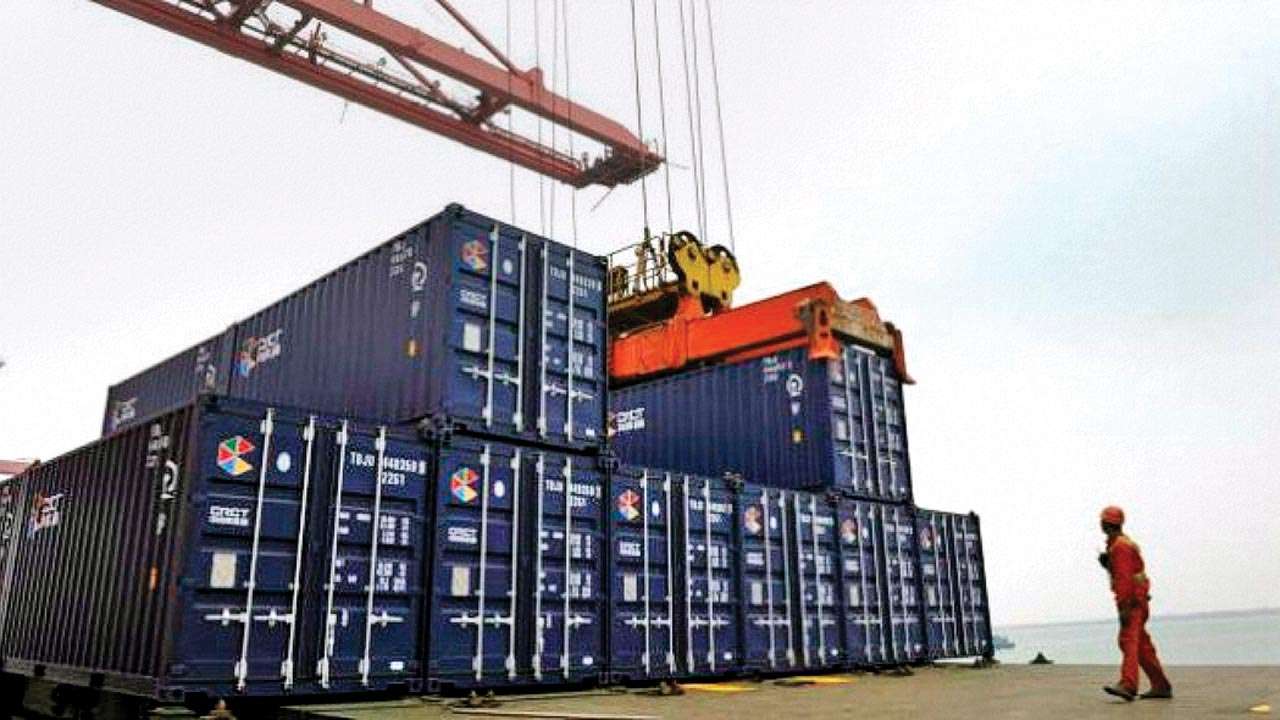
Disclaimer: Copyright infringement not intended.
Context:
Findings of the Ministry:
Agriculture Exports: Some statistics:
2021 WTO Report
As of 2021, India is the second largest producer of the fruits and vegetables in the world after China.
Initiatives taken by APEDA to boost agri exports:
These initiatives have, helped Indian agricultural exports fare well during COVID pandemic when shipments were affected due to various factors, including lockdowns.
APEDA:
|
The Department of Commerce also has several schemes to promote agricultural products, viz. Trade Infrastructure for Export Scheme (TIES), Market Access Initiatives (MAI) Scheme, Merchandise Exports from India Scheme (MEIS) etc. |
India’s Agriculture Export Policy:
Objectives
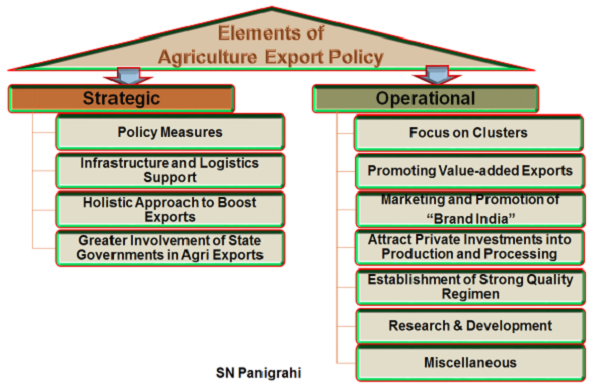
Recommendations of India’s Agriculture Export Policy:
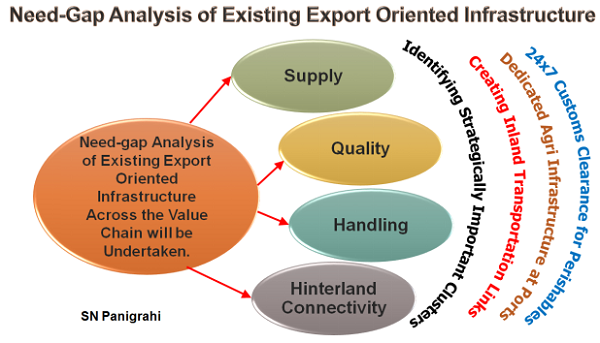

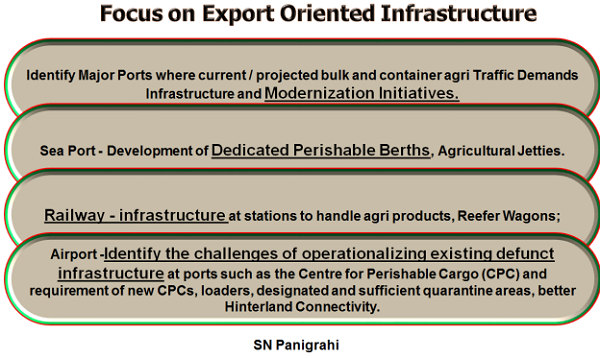
Final Thoughts:
Trivia:
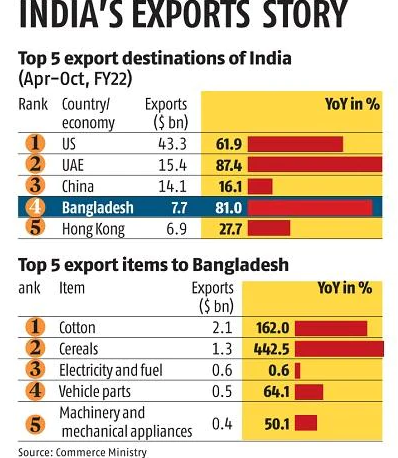
India’s Top 10 Exports
As of 2020,

© 2024 iasgyan. All right reserved